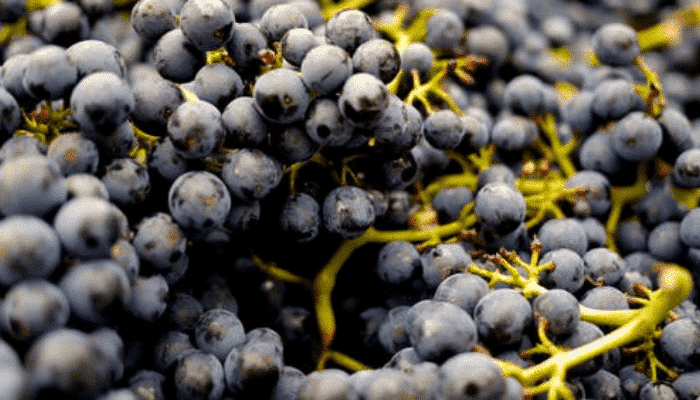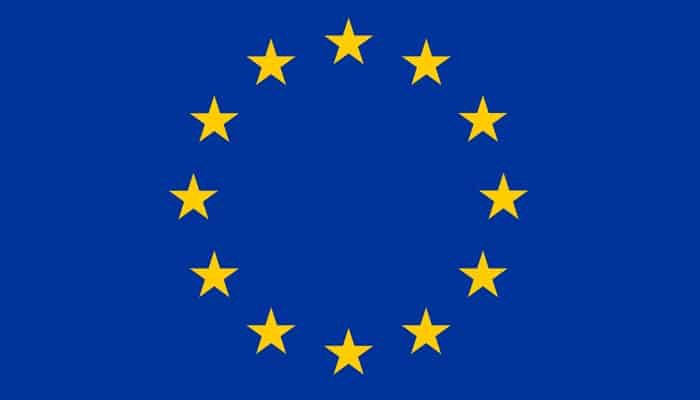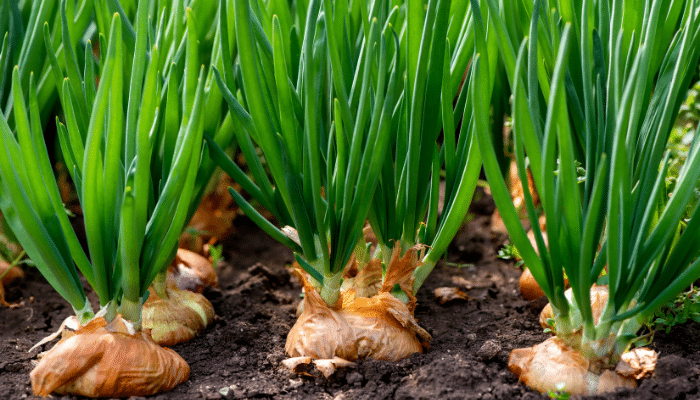
Article réservé aux abonnés


EU regulation 2024/2619 has just been published in the OJEU.
It modifies the residue definition and MRLs for fosetyl, potassium phosphonate and disodium phosphonate.
Regulatory status before 04/29/2025
Fosetyl, potassium phosphonates and disodium phosphonate, substances found in crop protection products, degrade to phosphonic acid.
These substances are included in the same residue definition and MRLs are set for the sum of these compounds:
"Fosetyl-Al (sum of fosetyl, phosphonic acid and their salts, expressed as fosetyl)".
Regulatory status from 04/29/2025
In addition to their use as active substances in plant protection products, potassium phosphonates are also used in the composition of other products of interest to agriculture (fertilizers, plant boosters, manure, soil conditioners). Consequently, the authorized treatment of plants with these products may lead to the detection of phosphonic acid residues in the agricultural products concerned.
EFSA has therefore proposed to modify the definition of residue by :
"Phosphonic acid and its salts, expressed as phosphonic acid".
The new MRLs therefore take account of residues from sources other than the use of plant protection products.
Fosetyl is excluded from the residue definition, but if residues are detected, they should be disregarded and the default value of 0.01 mg/kg should not apply.
The applicable MRL is that of its metabolite, phosphonic acid.
The same MRLs now apply individually to fosetyl and phosphonic acid.
Impact on MRLs
MRLs have been increased for grapefruit, oranges, stone fruit, blackberries, kumquats, passion fruit/maracudjas, papayas, parsnips, parsley root, radishes,




